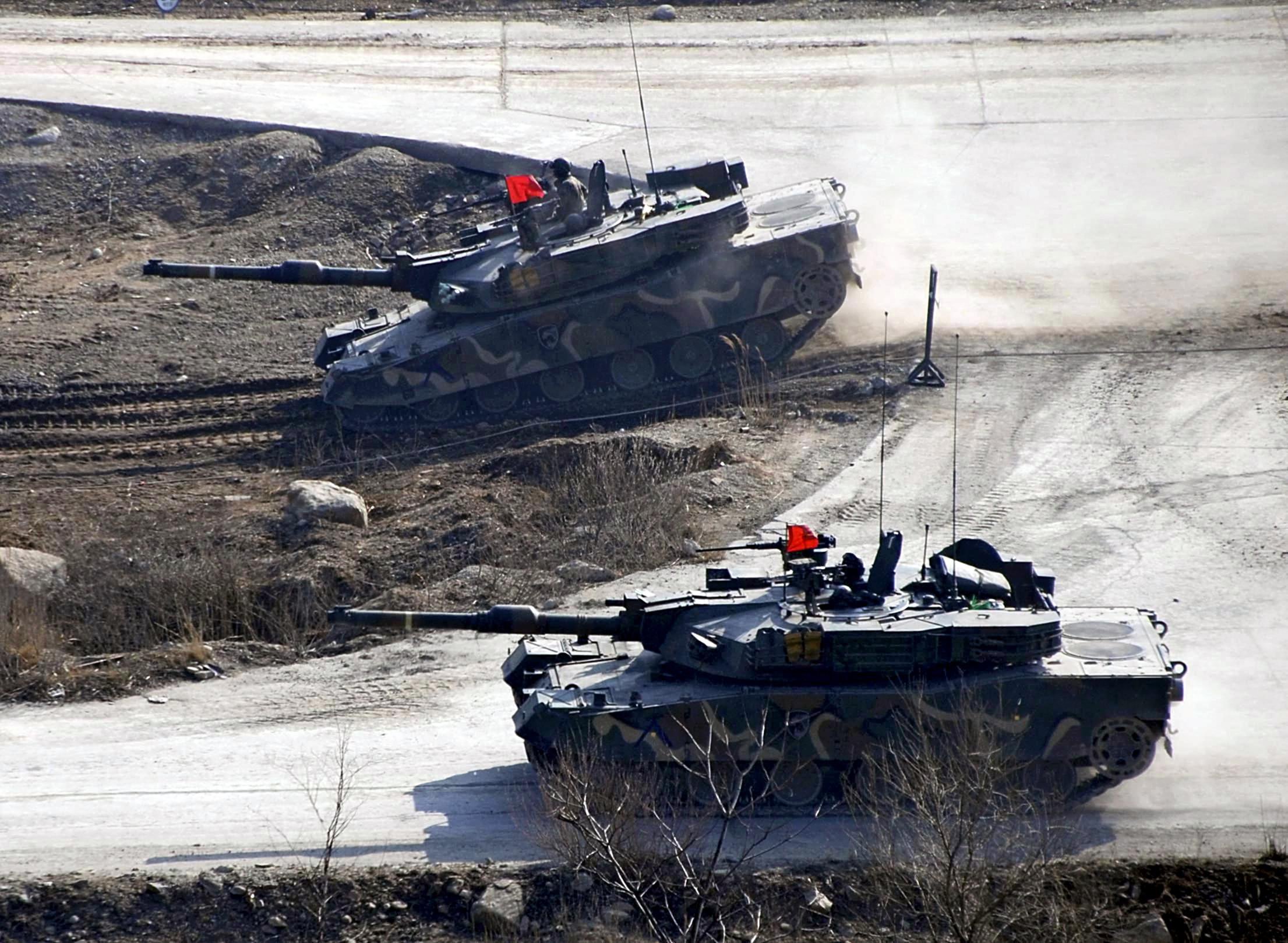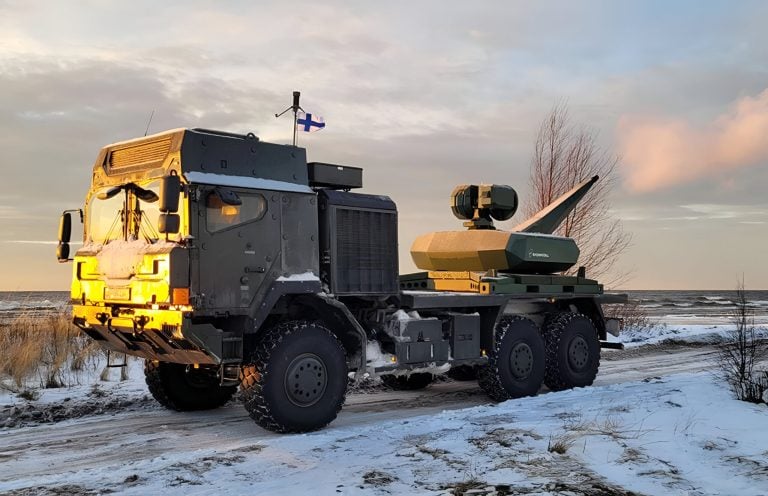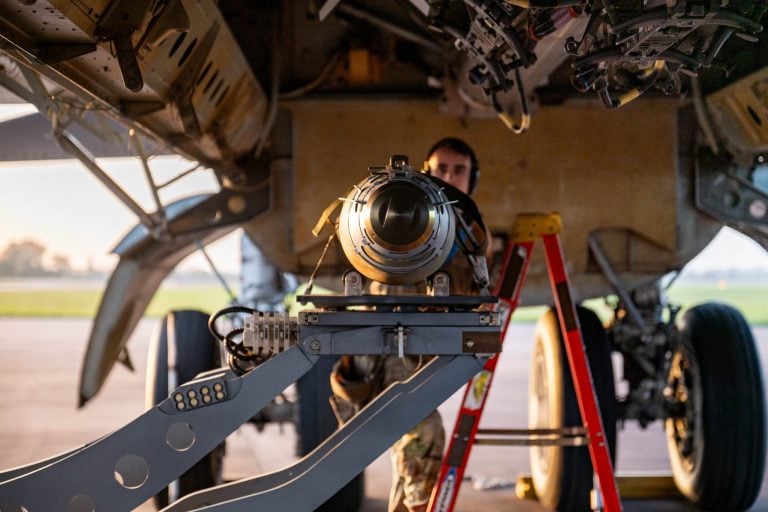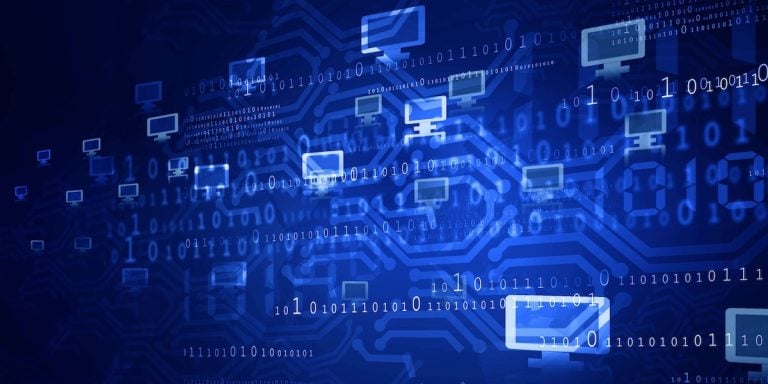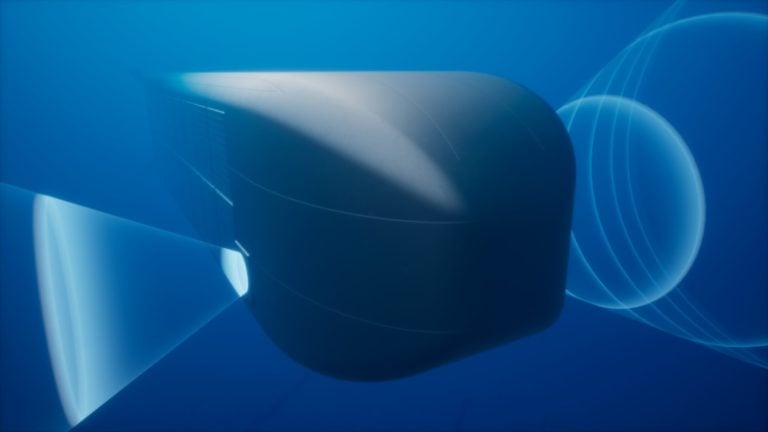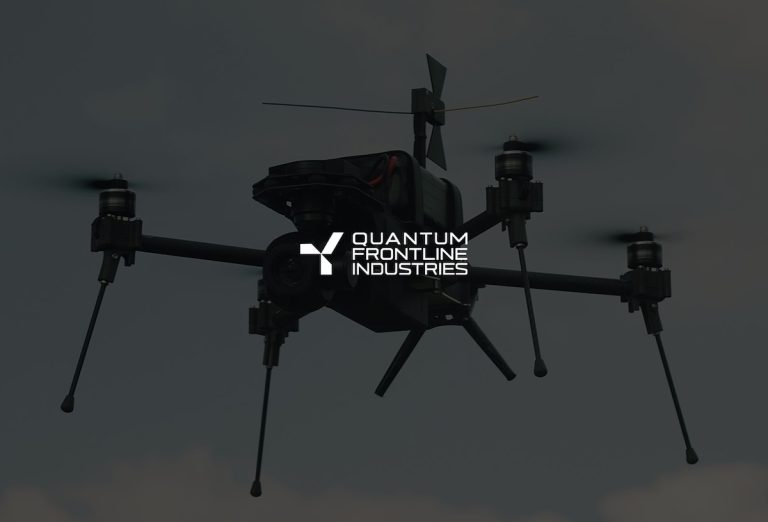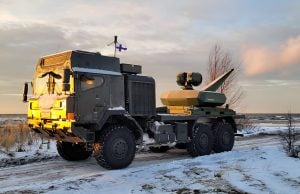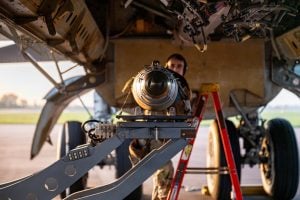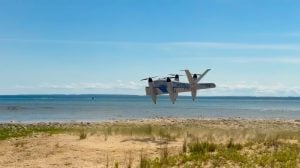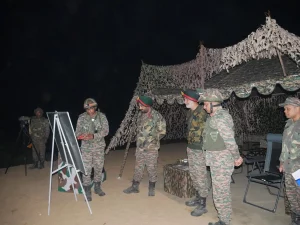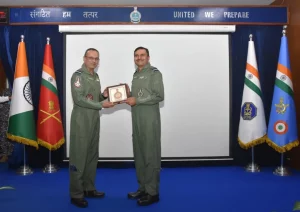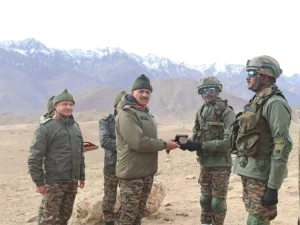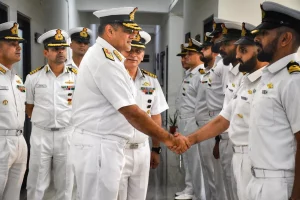As Europe grapples with the need for increased military readiness in response to Russia’s aggression, a growing sense of uncertainty regarding the reliability of the United States as a defense partner is emerging. This sentiment has been amplified by former President Donald Trump’s calls for European nations to allocate 5 percent of their GDP to defense spending. Amid this backdrop, South Korea’s defense industry has positioned itself as a viable alternative for European nations seeking to bolster their military capabilities.
South Korea’s defense acquisition chief, Seok Jong-gun, recently embarked on a diplomatic tour across Europe, visiting countries such as Norway, Romania, and Sweden. His mission: to showcase South Korean weapons systems and foster collaboration with EU and NATO officials. The shifting geopolitical landscape, particularly concerns over Trump’s previous suspension of military aid to Ukraine and his criticism of NATO, has prompted many European governments to reconsider their reliance on American arms.
The urgency of the situation is underscored by the European Commission’s recent announcement of a 150-billion-euro ($163 billion) loan initiative aimed at enhancing the continent’s defense resources. However, critics argue that much of this funding predominantly benefits EU-based manufacturers. The European defense sector, as it stands, is fragmented and heavily dependent on U.S. military hardware, highlighting the pressing need for modern, interoperable systems that can be rapidly deployed.
South Korea, recognized for its efficient and competitive defense manufacturing, has made significant strides in arms exports. Notable contracts, especially with Poland valued at over $12 billion, have revolutionized Poland’s military capabilities through the supply of K2 main battle tanks, K9 self-propelled howitzers, and FA-50 fighter jets. Other NATO members are similarly eyeing South Korean systems to rejuvenate their aging arsenals.
Several factors contribute to the allure of South Korean defense products. Firstly, they are designed with interoperability in mind, meeting NATO standards. Poland exemplifies this swift integration of South Korean military equipment into its forces. Secondly, the speed of production proves advantageous; South Korea can deliver modern arms in a matter of months, addressing Europe’s urgent demands amidst geopolitical threats. The first K2 tanks and K9 howitzers reached Poland within four months of contract signing.
Moreover, South Korean defense products are notably cost-effective, providing a balance of high quality and affordability. Additionally, many deals include technology transfer clauses, facilitating local production in the buyer’s country. For instance, Poland’s agreement with South Korea supports domestic manufacturing of the K2 tanks and K9 howitzers to commence in 2026.
Supporting these arms exports is a bipartisan consensus within the South Korean government. The recent surge in “K-Defense” exports was initiated during the liberal Moon Jae-in administration and continues under the conservative Yoon Suk-yeol government. Even during periods of political transition, there has been a sustained emphasis on expanding defense exports to Europe, reflecting a long-term strategy that transcends political differences.
Despite these advantages, challenges persist. The European Union’s policies tend to prioritize its local defense industries, and regional political dynamics often favor collaborations within Europe. For example, Norway’s decision to opt for German tanks over their Korean counterparts was guided more by political considerations than by performance metrics.
Nonetheless, European nations are increasingly reevaluating their defense strategies in light of frustrations with U.S. foreign policy. As articulated by one Danish lawmaker, the reliance on American-made weapons is perceived as a potential security liability. This sentiment is echoed across the continent as officials from Denmark to Germany express apprehension about future American commitments.
In the evolving geopolitical landscape, South Korea’s alignment with Western values and its proactive support for Ukraine through various forms of aid positions it as a valuable partner for European nations. Both regions share common democratic principles and face threats from authoritarian regimes, indicating a fertile ground for collaborative ventures beyond just military hardware.
For Europe, navigating the complexities of defense procurement while enhancing military autonomy amidst uncertainty in U.S. support underscores the potential of deepening ties with South Korea. As the role of the U.S. in European defense becomes increasingly ambiguous, South Korea could emerge not only as a supplier of necessary military technology but also as a pivotal player in the continent’s security framework.
